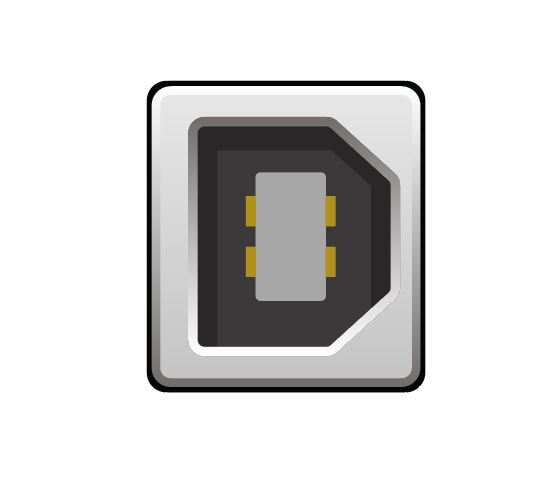Yes, that did the trick! Thank you hemmer! Now i can finally start experimenting with my patreon patch from Omri ![]() Tried also before with the winplugin 2.1.0 from the assets folder, after installing suddenly VCV library reversed back to 2.0.0.
But now it’s working
Tried also before with the winplugin 2.1.0 from the assets folder, after installing suddenly VCV library reversed back to 2.0.0.
But now it’s working ![]() thanks.
thanks.
@Kris Great!
FYI, Befaco have also posted a Noise Plethora demo patch on their site for those looking for patch ideas: VCV Rack - Befaco
@hemmer Cool, i def check it out! Cheers!
@Omri_Cohen pointed out that grit knob acts in reverse on production hardware Noise Plethora’s (mine was an early version that is backwards). This way is more intuitive (left very little noise, right white noise), and increasing voltage increases noise density (can ping it with envelopes etc).
It does mean that behaviour of patches using grit noise might change slightly (set the knob to 1-value to restore), but I think it’s much better this way round (plus it’s only out a couple of days). Apologies for the trouble! Hopefully a fix should be in the library soon.
Attention to Detail! I like it. ![]()
Keen beans might be interested to pull changes on my latest branch. Won’t be doing preview builds for this, hopefully will get it in the library pretty pronto!
Ooh hoo hooooooooo looks fun!
BTW I had absolutely no idea you developed Befaco too, this man is straight up running VCV
Thanks! But not true ![]() . Also to clarify, Andrew did the first set of Befaco and I’ve done everything since Percall.
. Also to clarify, Andrew did the first set of Befaco and I’ve done everything since Percall.
Ah, I see I see
Hi @hemmer ! If you have any projects for a port of the new AC/DC (which would make total sense … but only for the module’s owners) we have designed a USB port in the component library, It has been here from the start and has never been used before as far as I know, so don’t hesitate to pick it up ![]() You might have to change the gradient direction ton make an horizontal version, but it should work
You might have to change the gradient direction ton make an horizontal version, but it should work

Lol, I may use this for the Lich panel for use with HVCC (once I get the vcv rack wrapper functional. got thumbs up for using the panel from befaco already ![]() )
)
Oh cool - we’d looked at doing Lich for VCV but decided it was too big a job (for the time being). What’s HVCC?
A way to build Pd patches into binary plugins. Used in OWL/Lich and Daisy for euro stuff. I’d use it for a kind of “default gui” option, and then change the colors for each build based on the uri, or something.
Not anywhere close to functioning DSP in rack yet, though ![]()
Hi - I"m working on the recently announced TZFM oscillator Pony by Befaco, and had a quick question to run by interested parties/experts. Basically the module includes a pretty aggressive (sharp edged?) wavefolder (Timbre) which, even when rounded off somewhat, aliases (as we would expect).
While other methods might be possible [1], my gut reaction is to oversample for this. If I were to oversample, am I right in thinking there is no longer any additional benefit of using minBLEP for the core waveforms that require it (i.e. just generate them naively at higher sampling rates, then they will be bandlimited after downsampling)? Certainly this appears to be the case from my experiments, but just want to check if there is any additional benefit to using both methods.
[1] BLAMPS https://www.dafx17.eca.ed.ac.uk/papers/DAFx17_paper_82.pdf
Don’t have an answer for you—just a vote of gratitude that you’re taking aliasing into account with the design. For me aliasing-free modules are something I really appreciate when working in the digital realm. Helps my sound be closer to what I’m looking for. Really appreciate all the work you put into this.
Yeah, that’s exactly what I do. First in my ancient waveshaper “Shaper”, then in my fairly old VCO “Kitchen Sink”. As I’ve noted, I think Kitchen Sink does more or less everything that Pony does: TZFM, waveshaping, different waveform outputs, sync. It, too, uses oversampling only, and no minBLEP.
You might also look at the new super saw copy. He uses a different technique that looks interesting. There’s a good video there that explains why that technique is better than mine. Here’s the thread about that: FLAG (free) Prodigal Son (Band Limited Super-Saw Oscillator with Noise and Amplitude Envelope)
We fought aliasing in the wavefolders and rectifiers we added in surge by using a first order adaa which, if your wave shaping function has a reasonable analytic form, is quite tractable computationally and works quite well. Happy to point at links or code if you need.
what’s an adaa?
Anti derivative anti aliaser
Basically outout the numerical derivative of the integral of the waveshaper.
https://ccrma.stanford.edu/~jatin/Notebooks/adaa.html
There’s a notebook from jatin that shows it. In the surge waveshapers we generalize it to any waveshaper where you know f and Integral of f as a sse operator over voice.
